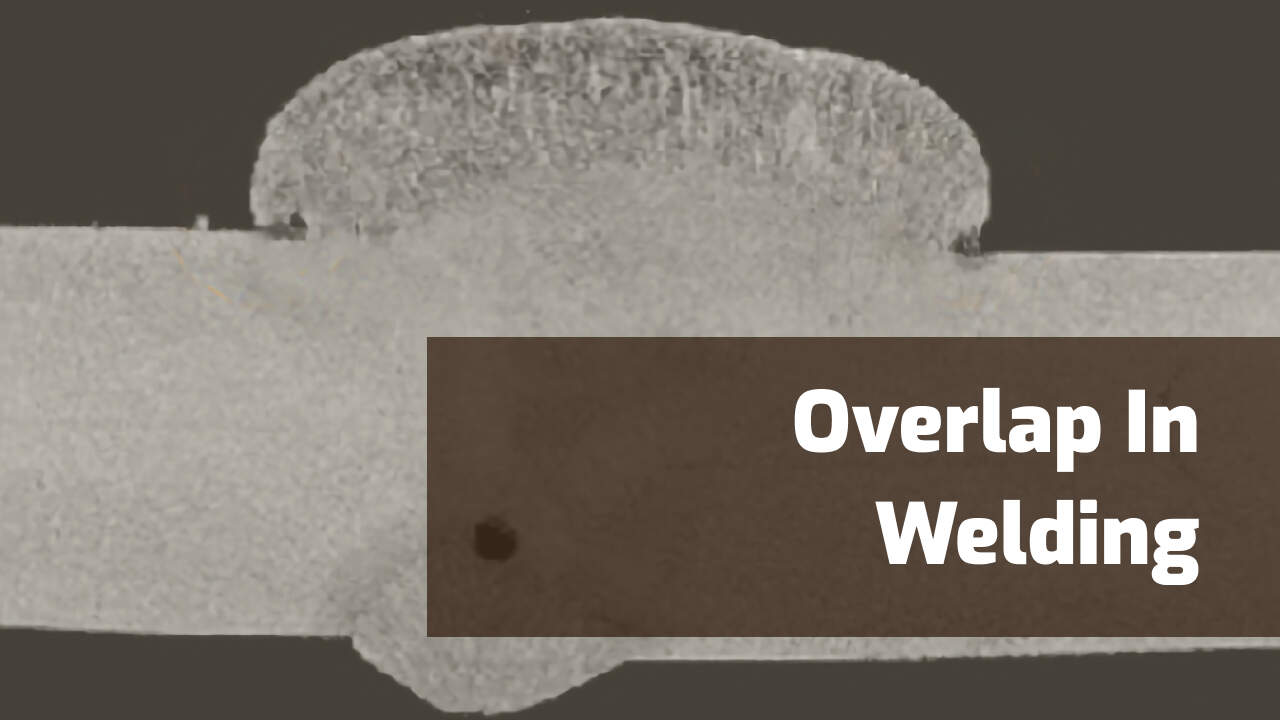Your Complete Manual to Preventing Weld Undercut Like a Pro
Mastering the Art of Welding: How to Stay Clear Of Undercut Welding Issues for Flawless Manufacture Results
Efficiency and accuracy are vital in the world of welding, where also the slightest blemish can jeopardize the structural stability of a made item. One usual difficulty that welders face is damaging, a defect that can lead and weaken a weld joint to pricey rework. By comprehending the root triggers of undercut welding and implementing reliable strategies to prevent it, welders can boost their craft to brand-new levels of excellence (Preventing weld undercut). In the pursuit of perfect construction outcomes, mastering the art of welding to prevent undercut concerns is not simply a skill however a necessity for those striving for perfection in their work.
Comprehending Undercut Welding

To avoid undercut welding, welders should make certain appropriate welding specifications, such as adjusting the current, voltage, travel rate, and keeping the right electrode angle. By recognizing the reasons of undercut welding and carrying out preventative steps, welders can accomplish high-quality, structurally audio welds.
Reasons For Undercut in Welding
Comprehending the aspects that contribute to undercut in welding is important for welders to produce high-grade, structurally audio welds. Poor welding present or wrong welding speed can also add to undercut. Understanding these causes and implementing proper welding methods can help protect against damaging problems, making sure strong and durable welds.
Techniques to stop Undercutting

To reduce the danger of damaging in welding, welders can utilize calculated welding strategies aimed at improving the high quality and honesty of the weld joints. In addition, using the proper welding strategy for the details joint arrangement, such as weave or stringer grains, can contribute to minimizing undercutting.
Moreover, appropriate joint preparation, including making sure clean base materials devoid of pollutants and making use of the ideal welding consumables, is essential in stopping undercut problems. Utilizing back-step welding methods and managing the weld bead account can also aid distribute warm equally and minimize the risk of undercut. Routine inspection of the weld joint during and after welding, along with carrying out top quality assurance procedures, can aid in finding and addressing damaging problems without delay. By carrying out these strategies diligently, welders can accomplish remarkable construction results with very little undercut problems.
Relevance of Correct Welding Specifications
Picking and maintaining ideal welding criteria is crucial for accomplishing effective welds with minimal problems. Welding parameters describe variables such as voltage, current, take a trip rate, electrode angle, and securing gas circulation price that directly affect the welding procedure. These criteria have to be carefully adjusted based on the kind of material being welded, its thickness, and the welding method utilized.
Proper welding specifications guarantee the about his correct amount of warmth is related to melt the base metals and filler material evenly. If the parameters are established too high, it can lead to too much warm input, triggering spatter, distortion, or burn-through. On the other hand, if the specifications are too reduced, incomplete combination, lack of infiltration, or undercutting may take place.
Quality Control in Welding Procedures

Verdict
In conclusion, mastering the art of welding requires an extensive understanding of undercut welding, its reasons, and methods to avoid it. By making sure proper welding specifications and executing quality control practices, flawless construction outcomes can be attained. It is crucial for welders to consistently pursue excellence in their welding procedures to avoid undercut concerns and produce high-quality welds.
Undercut welding, a common flaw in welding procedures, happens when the weld metal does not appropriately fill up the groove and leaves a groove or clinical depression along the bonded joint.To stop undercut welding, welders must make certain proper welding specifications, such as adjusting the current, voltage, travel rate, and keeping the appropriate electrode angle. Inadequate welding inaccurate or current welding rate can likewise add to damage.To reduce the risk of look at these guys undercutting in welding, welders can employ calculated welding techniques intended at boosting the quality and stability of the weld joints.In final thought, grasping the art of welding needs a thorough understanding of undercut welding, its reasons, and techniques to prevent it.